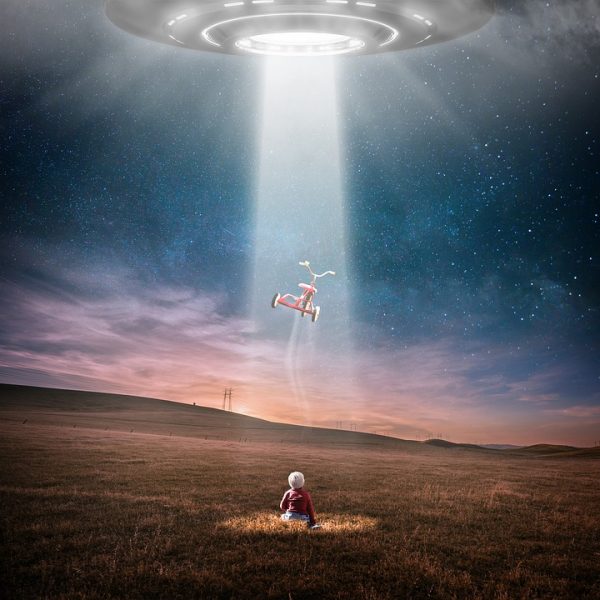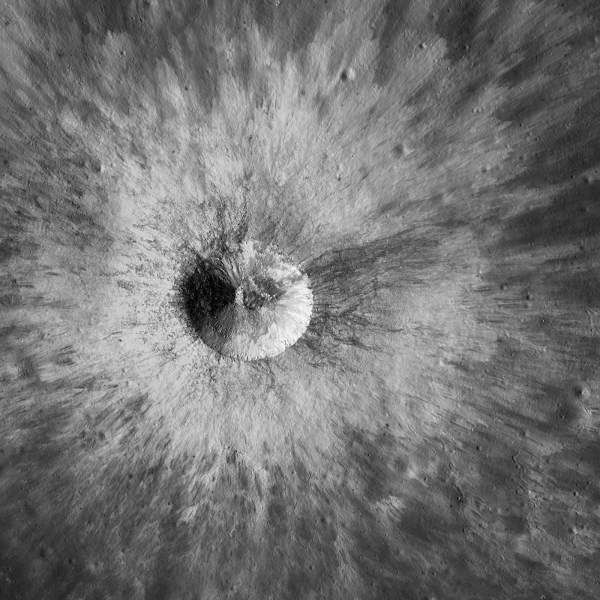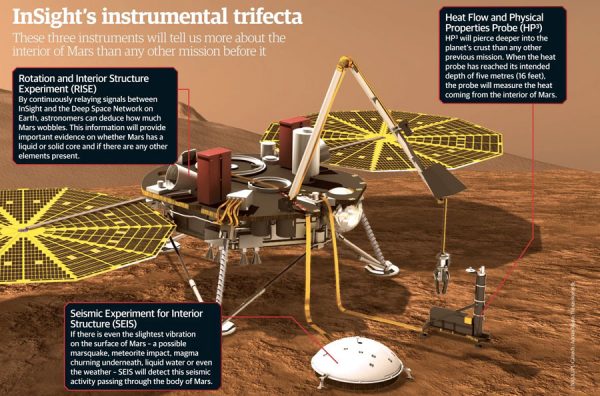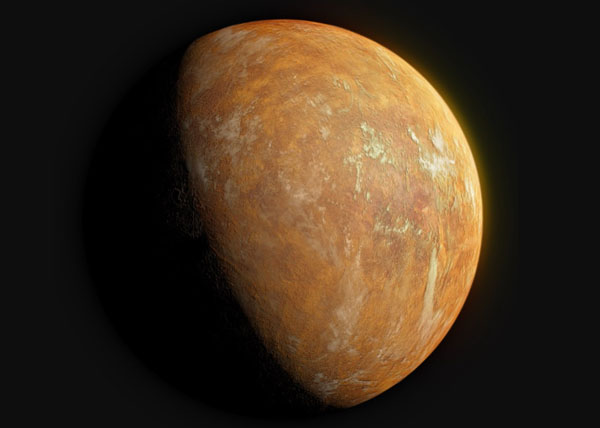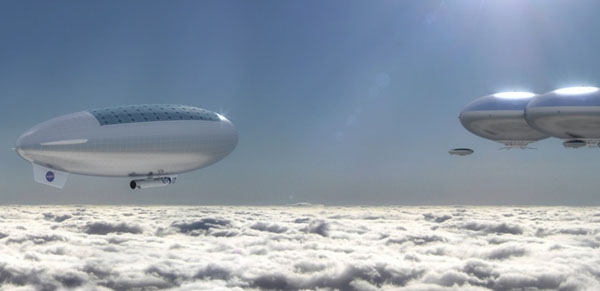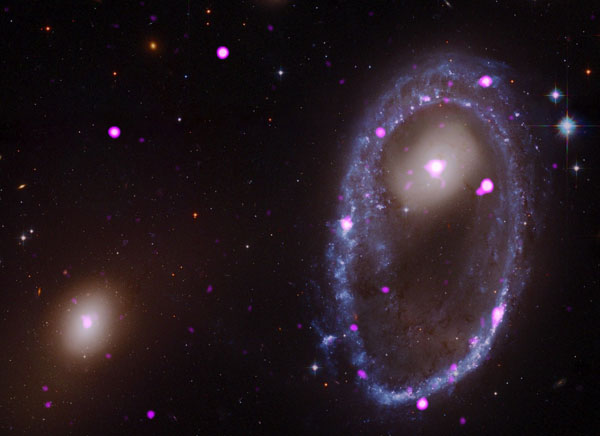SPACE: The Raging Rivers of Mars
Mars was wet, until suddenly it wasn’t. Scientists have long seen dry riverbeds slashed across the surface of Mars as evidence that water once flowed freely on the planet. And in 2012, NASA’s Curiosity space rover sent back images of smooth, round pebbles from the bottom of one such riverbed, their lack of rough edges evidence that water had once flowed over them. Now, a new study published today (March 27) in the journal Science Advances catalogs those rivers and reports that their waters likely flowed heavily well into the last epoch, before Mars entirely dried up. “It’s already hard … Read more





